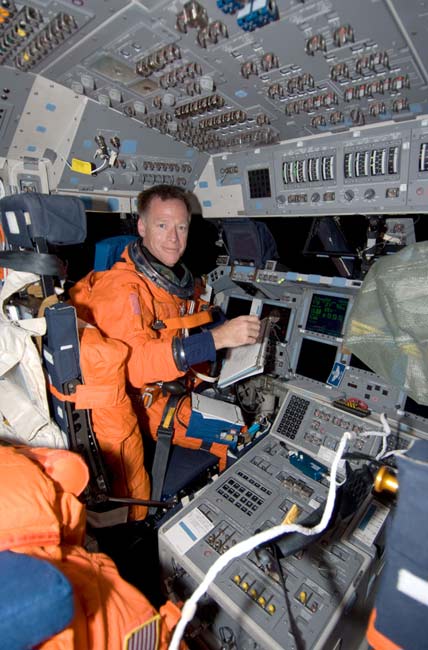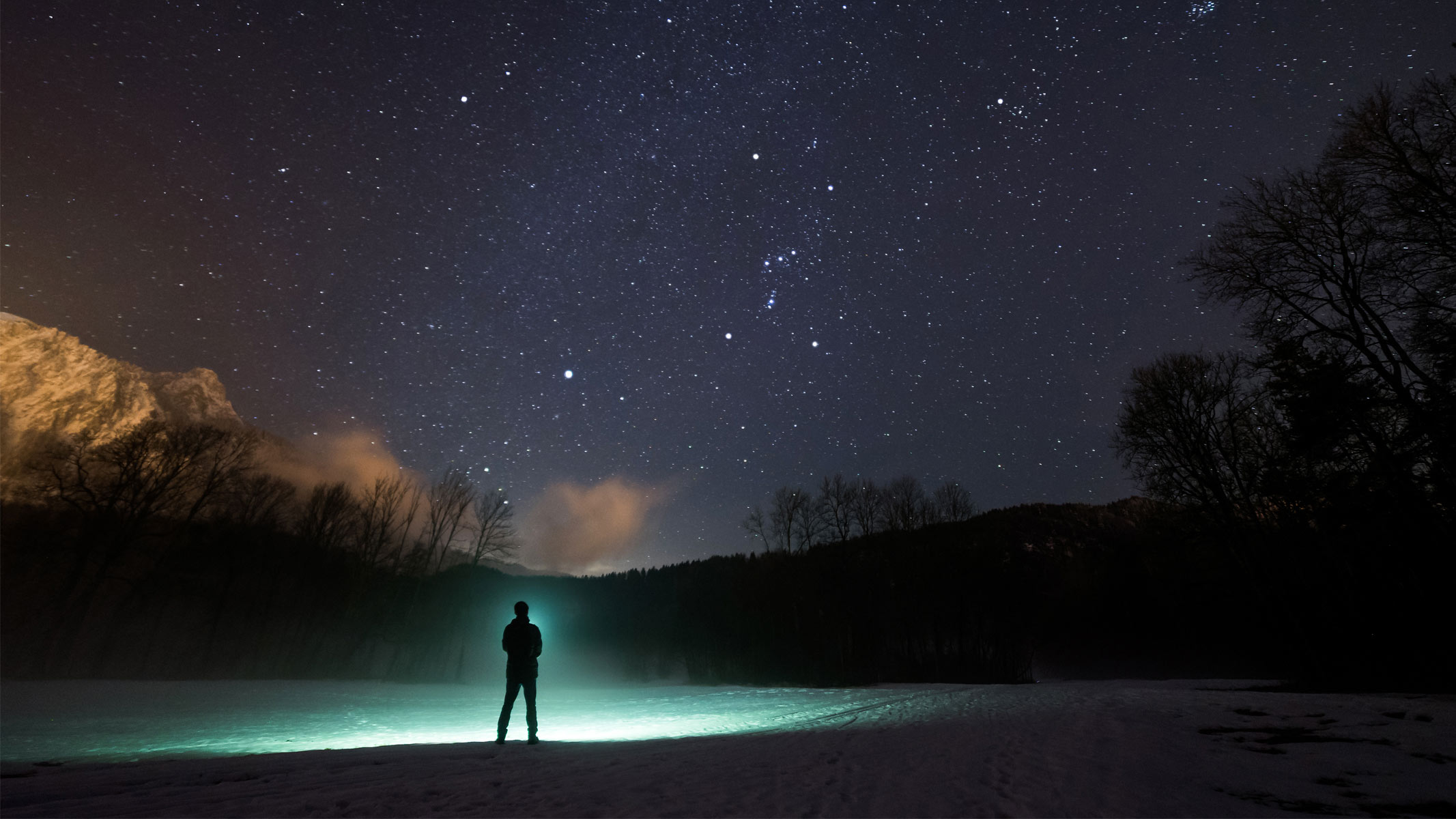Shuttle Astronauts to Dock at Space Station Today

This story was updated at 2:38 p.m. EST.
The space shuttle Endeavour is closing in on the International Space Station, where its seven-astronaut crew plans to dock today and deliver a new crewmate and vital gear to expand the orbiting laboratory to handle double-sized crews.
Endeavour is due to dock at a port on the station's Harmony module at about 5:04 p.m. EST (2104 GMT) with shuttle commander Chris Ferguson at the helm.
"It's the eve of show time," space station commander Mike Fincke told Mission Control late Saturday. "We're going to have a great day tomorrow."
Ferguson and several of his crewmates are making their second trip to the space station, though the orbiting lab has nearly doubled in its living space since the commander's last visit in 2006.
"To look upon that and think that humans put this in space, it's enough to give you goose bumps," Ferguson told SPACE.com before flight. "I'm just thrilled to be going back there."
But Ferguson and his crew aren't arriving empty-handed. Packed away in Endeavour's payload bay is a cargo pod packed with more than 14,000 pounds (6,350 kg) of equipment to boost the space station into a five-bedroom research outpost with two kitchens, two bathrooms and a gym.
Breaking space news, the latest updates on rocket launches, skywatching events and more!
Endeavour is carrying the second bathroom and kitchen, two spare bedrooms, new gym equipment and a water recycling system designed to turn astronaut urine and sweat into drinking water. Four spacewalks are planned for the 15-day mission so astronauts can clean and grease up an ailing solar array gear that has been damaged by metal shavings.
The shuttle is also ferrying NASA astronaut Sandra Magnus to the space station, where she plans to replace fellow spaceflyer Greg Chamitoff as a space station flight engineer. It's her second trip to the station since a brief visit during a 2002 shuttle flight. Mission Control roused Endeavour's crew with the song "Start Me Up" by the Rolling Stones, a tune chosen specifically for Magnus.
"I want to thank my family for that music and I'm looking forward to moving into my new home today," she radioed down to Mission Control.
Chamitoff will return to Earth aboard Endeavour in about two weeks after five months in space, while Magnus is preparing for her planned three-month mission.
"I expect to be very surprised and awed all over again," Magnus told SPACE.com before launching spaceward Friday night.
Orbital rendezvous
Before Endeavour's crew can get to work, the shuttle has to arrive at the space station.
A glitch with the shuttle's main radio antenna may prevent its other use as a radar tool for today's docking, but Ferguson could switch to a backup star tracking system with little effort, mission managers said Saturday.
Ferguson will fly Endeavour to a point about 600 feet (182 meters) below the space station, then guide the 100-ton spacecraft through an orbital back flip to expose its belly-mounted heat shield to the orbiting laboratory. Fincke, Chamitoff and Russian flight engineer Yury Lonchakov will use high-resolution cameras to take some 300 photos of Endeavour's heat-resistant tiles, then send them back to Earth for analysis.
The orbital flip is part of NASA's in-depth shuttle inspection plan instituted after heat shield damage led to the loss of the shuttle Columbia and its crew in 2003. Endeavour astronauts used a laser-tipped inspection boom to scan their wing edges and nose cap for damage from launch debris on Saturday. They'll do it again after undocking from the space station later in their mission to hunt for new dings from space trash or micrometeorites.
So far, the shuttle appears to be in fine health with the exception of the antenna glitches and what appeared to be a torn insulation blanket near the base of Endeavour's left rear engine pod. Mission controllers on Earth can work around the antenna glitches, but a closer inspection found that the lost blanket was apparently still in place and not a cause for any concern for re-entry heating, mission managers said.
NASA is providing live coverage of Endeavour's STS-126 mission on NASA TV. Click here for SPACE.com's mission coverage and NASA TV feed.

Tariq is the award-winning Editor-in-Chief of Space.com and joined the team in 2001. He covers human spaceflight, as well as skywatching and entertainment. He became Space.com's Editor-in-Chief in 2019. Before joining Space.com, Tariq was a staff reporter for The Los Angeles Times covering education and city beats in La Habra, Fullerton and Huntington Beach. He's a recipient of the 2022 Harry Kolcum Award for excellence in space reporting and the 2025 Space Pioneer Award from the National Space Society. He is an Eagle Scout and Space Camp alum with journalism degrees from the USC and NYU. You can find Tariq at Space.com and as the co-host to the This Week In Space podcast on the TWiT network. To see his latest project, you can follow Tariq on Twitter @tariqjmalik.
